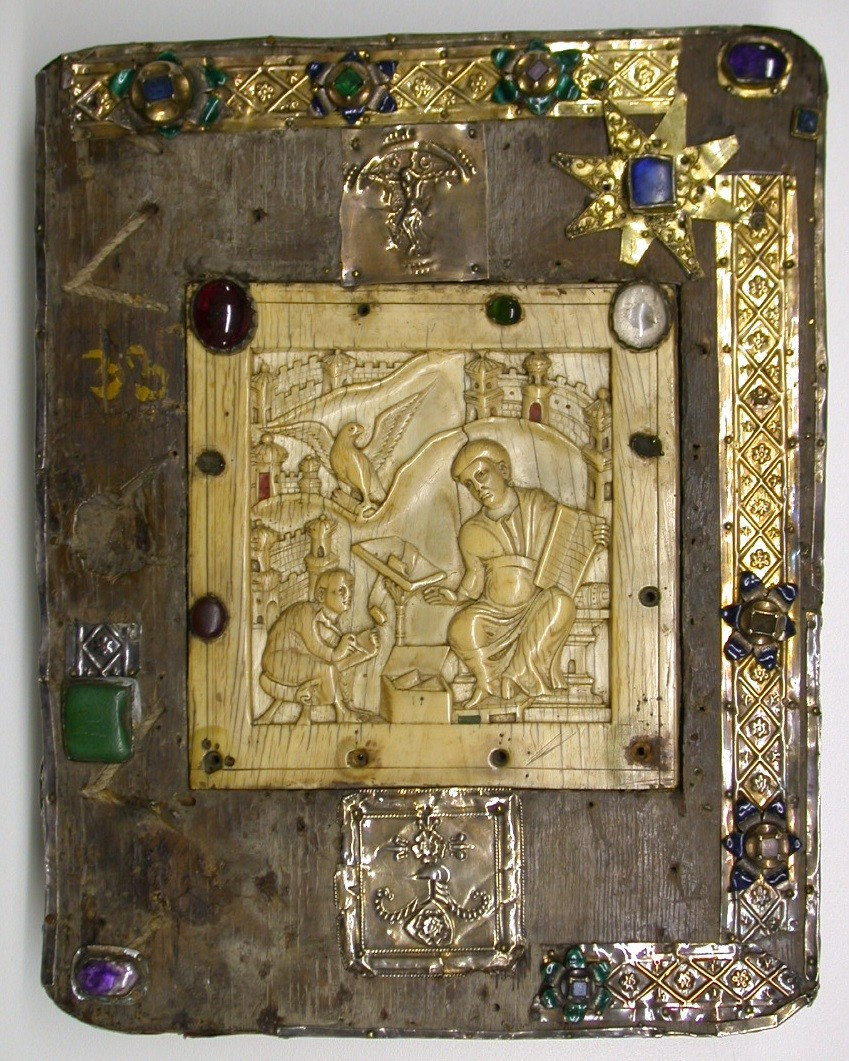Manuscripts and early prints
The manuscripts collection at Halberstadt Cathedral once comprised several hundred items. Today, the cathedral treasures still contain 39 mediaeval books and a fragmented bifolium.
In addition, the cathedral treasures hold printed works such as 18th-century canons’ calendars, a 15th-century woodcut, books of hours from the 15th and 16th centuries, a 17th-century book of the Gospels and two late mediaeval documents.
The Halberstadt clerics used these documents regularly, well into the early modern period, as can be seen from the addenda and the notes in the margins.
That tradition ended along with secularisation. In 1812, large numbers of mediaeval manuscripts were sent to Göttingen University Library – though some were later returned in response to protest from Halberstadt. In 1827, the University of Halle was sent all the legal manuscripts. The collections suffered further losses after the Second World War, when the Soviet Army took numerous manuscripts back with them to Russia. Although some were returned, others have never been found, or are still in the Russian National Library in St. Petersburg.
The remaining holdings from Halberstadt Cathedral treasures date as far back as the founding of the diocese, one example being a 9th-century book of the Gospels. The manuscripts were not only created in Halberstadt; some also come from various monasteries linked to the bishops. Books were donated throughout the Middle Ages.
The main topics of the manuscripts were theology and law, but there are also examples from the artes liberales or liberal arts. Not all the books were kept in the library in the east wing of the cloister; many of the scriptures used for Mass were kept at their place of use in the cathedral, in the choir stalls and on the altars. To this day, a book cage in the choir offers a rare example of public use. Readers could reach between the bars to turn the pages.
The manuscripts which have been digitised so far can be found here:
Carolingian book of the Gospels, 9th century
Grammar textbook by Priscian, 9th/10th century
Early Ottonian sacramentary, 10th century
Evangelistary with ivory panel depicting St. John, 10th century
Evangelium Marci cum glossis, 12th century
Hamersleben Bible, 12th century


